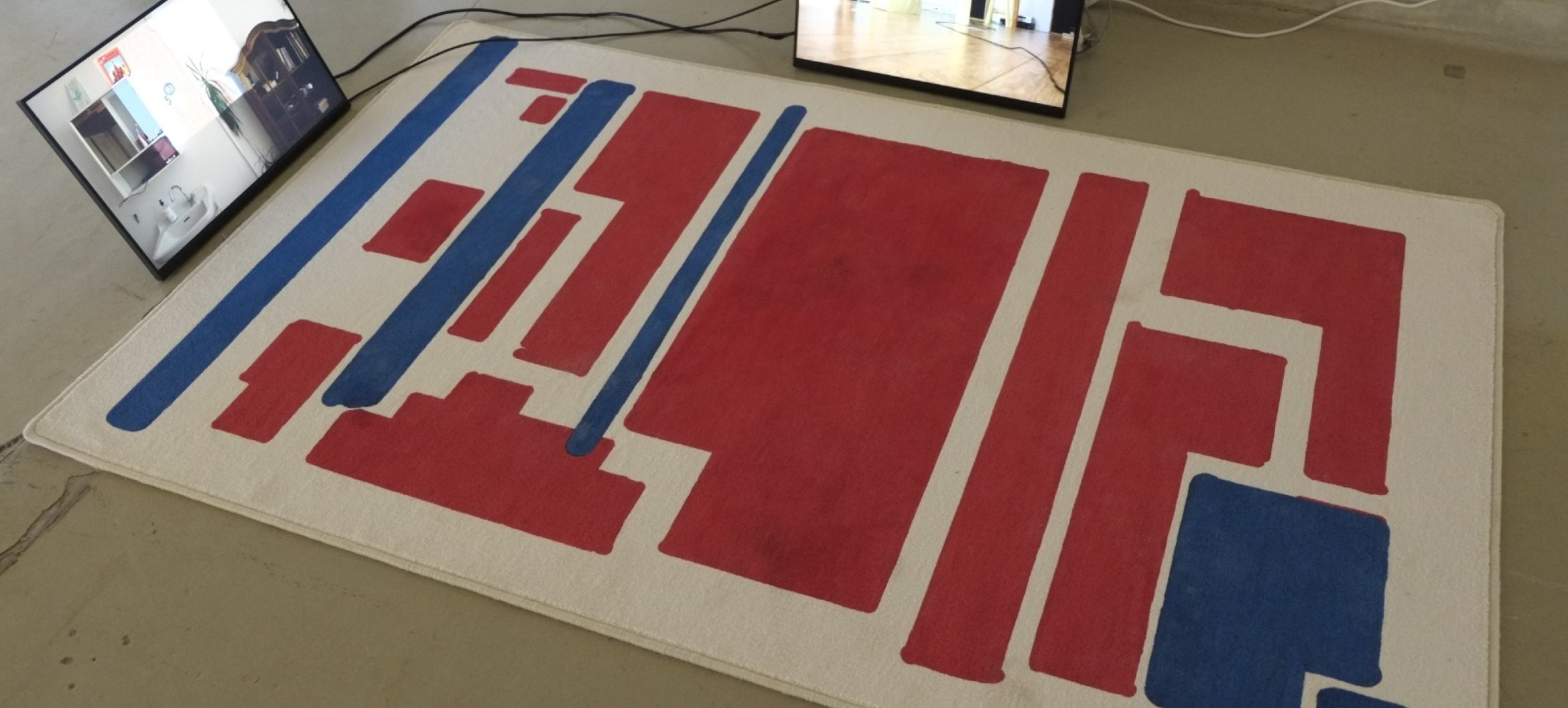Joost Vullings

I'm fascinated by what an image or a sight, created object or environment can tell us. Both about itself as well as about what it represents. What does a wallpaper of the Sierra Nevada show about our relationship to mountains? What does a broken umbrella in a trash can tell about our relationship to rain, and our natural environment? What does it mean that the icon that represents the concept of an image (as in a missing image icon, or the photograph-icon on your smartphone), is often a graphical drawing of a mountain view? Images can both reveal and obscure reality. Graphic design is for me the process of trying to reveal what has been obscured.
In my thesis, "A Design Without Referents", I explored if it's possible for graphic design to be "agrammatical." Instead of sending a message to the viewer as quickly and effectively as possible — in an effort to speed up the flow of information — agrammatical design confuses the viewer, makes them stop and ponder,and therefore slows down the speed of an information environment that is mediated by images.
In Share Screen, the graduation catalogue accompanying this exhibition, Franziska Froebe and I brought together a collection of photos that capture the working conditions us students faced the last couple of months. These were conditions without a clear separation between work and private space, and in which every get-together was mediated by video calls and laptop screens. Laptop screens, we came to find out, function as a “fifth wall” that brings us together in our roles as students and teachers, but also leaves us in an alienating situation. The moment someone gets up to get a coffee, for instance, we’re left on the other side of the screen staring right into someone’s home from within our own personal space.
My research project 51.989481, 5.908137, Computer Vision, Colourist Eyes, explores what the world would look like when seen by a being with the eyes of a colourist, the precision of an algorithm and the rigidity of a machine. This is a digital way of looking at an analogous world, one in which spaces are separated into planes and outlines, three-dimensional objects become two-dimensional surfaces, drawn lines are actual barriers, and in which a clear blue sky is never as empty as it seems. Taking my own room as the main subject, I explored what the act of coloring can tell me about the structure of what I color, from its very obvious planes, to its sometimes hidden outlines.
Finals-werk: Computer Vision, Colourist Eyes
Deze pagina is voor het laatst gewijzigd op 3 november 2020
Sta jij op deze pagina? En heb je een opmerking? Mail naar de redactie.